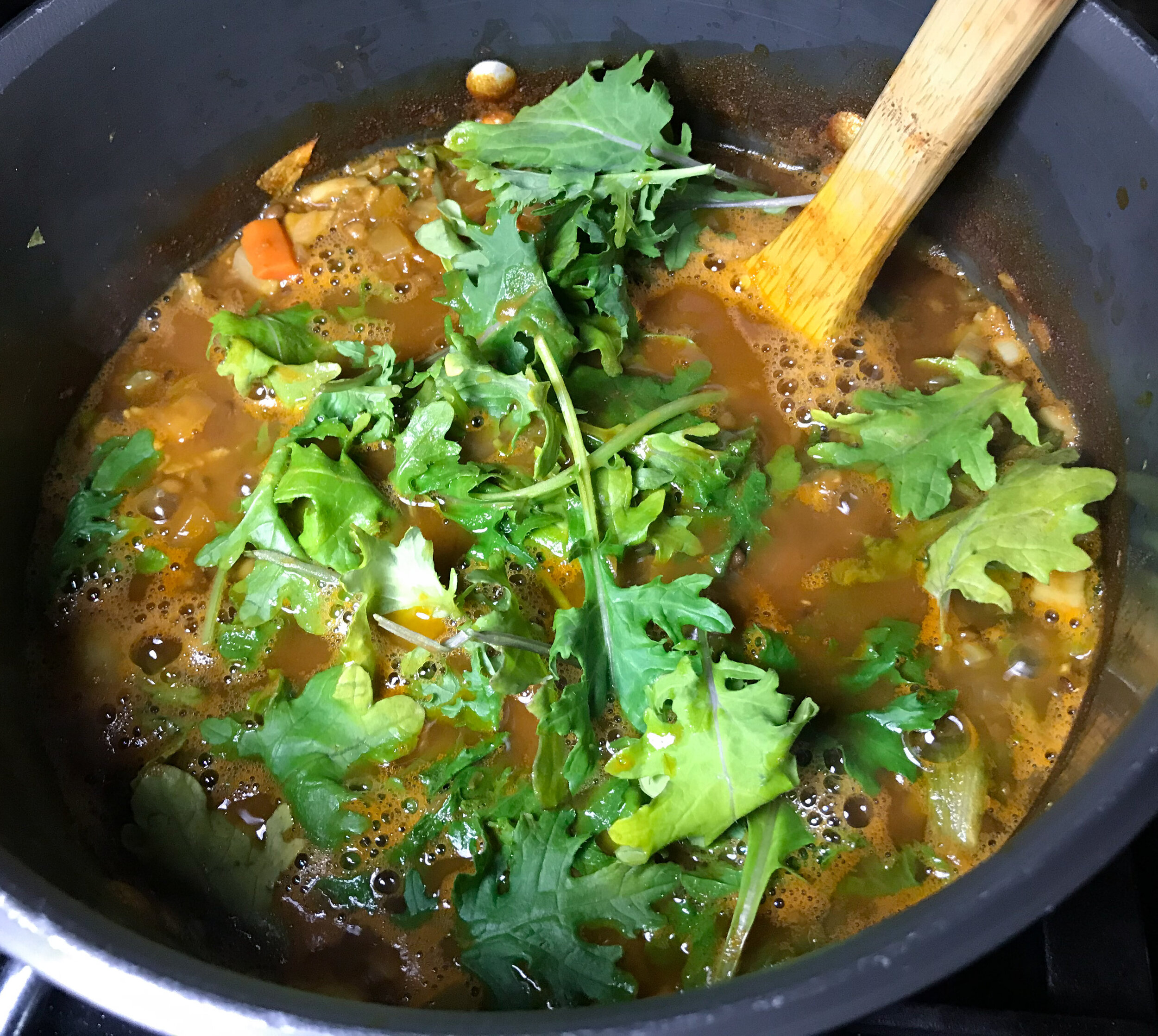We could all use a little lift, even on the first day of spring, the day Norooz (also known as Nowruz) — Persian New Year — is celebrated.
This gorgeous vegetarian soup, which traditionally celebrates the spring holiday, involves ingredients you might well have on hand; dried spearmint and saffron are about as exotic as the ingredient list gets. Both of those are used to make the garnishes you’ll finish the soup with: mint oil and saffron water.
Most challenging might actually be the ingredient that in normal times would seem the most mundane: dried linguine. If you have just a little — a third of a pound is all the recipe calls for, and you could certainly use just a quarter pound or less, or really use any kind of long noodle — you’ll be good to go.
The recipe starts with a cup of mixed dried beans and lentils, and you could use almost any kind in any combination, so gotta love that, too. Simmer them till they’re nearly tender, then throw in a bunch of greens — spinach, parsley and scallions. If you don’t have fresh spinach, frozen will work just fine. Cook the pasta and drop it in.
That’s basically the soup, which then gets garnishes: sliced onions sautéed with turmeric, the mint oil, a dollop of yogurt and saffron water.
It’s so beautifully green and herbal and perfumed that it seems to promise that everything’s going to be all right. We hope you enjoy it as much as we do. Happy spring. Happy new year!



















